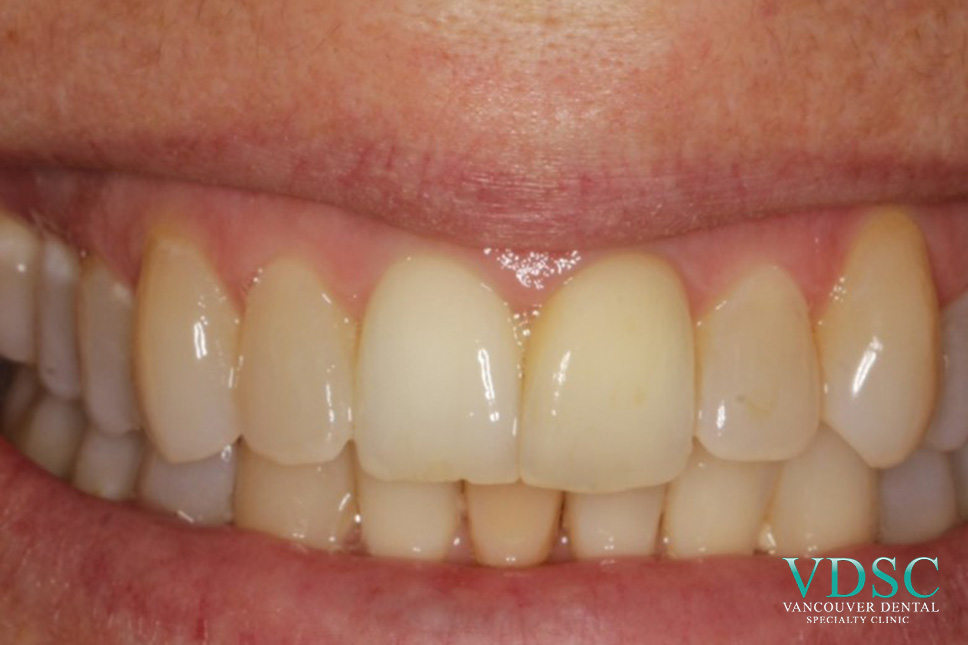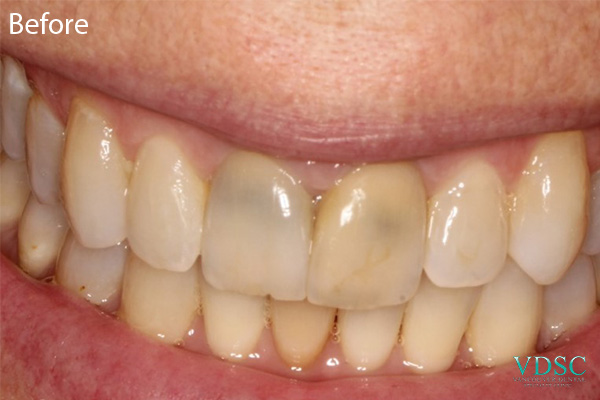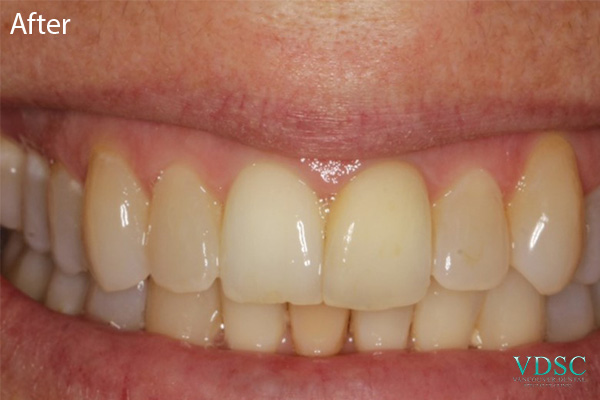
Tooth discoloration following root canal treatment is a common concern for many patients. A root canal-treated tooth can become darkened or stained due to various factors, including the breakdown of blood and tissue remnants left inside the tooth. This discoloration can be particularly noticeable on the front teeth, affecting the overall appearance of your smile. Fortunately, effective whitening solutions are available to address this issue, primarily internal bleaching and external whitening. Understanding the differences between these two methods can help you choose the best solution for your needs.
Understanding Tooth Discoloration After Root Canal Treatment
When a tooth undergoes root canal treatment, the nerve and pulp are removed, and the inside of the tooth is cleaned and sealed. Despite this thorough cleaning, tiny blood vessels and tissue remnants can remain, eventually breaking down and causing discoloration. Additionally, certain materials used in the root canal procedure, such as some filling materials, can contribute to a tooth’s darkened appearance. This type of discoloration is intrinsic, meaning it occurs from within the tooth and requires a specific approach to whitening.What is Internal Bleaching?
Internal bleaching is a specialized dental procedure designed to whiten a tooth from the inside out. Unlike external whitening methods that work on the outer surface of the teeth, internal bleaching targets the discoloration within the tooth. During the procedure, a dentist will create a small opening in the back of the discoloured tooth and place a bleaching agent directly inside. The tooth is then temporarily sealed, allowing the bleaching agent to work from within. This process may need to be repeated several times until the desired whiteness is achieved. Internal bleaching is highly effective for root canal-treated teeth because it directly addresses the internal cause of discoloration. It’s a targeted approach that can significantly improve the tooth's colour, restoring it to a more natural and aesthetically pleasing shade. The results of internal bleaching can be long-lasting, particularly when good oral hygiene practices are maintained.What is External Whitening?
External whitening, on the other hand, involves applying a bleaching agent to the outer surface of the teeth. This can be done through over-the-counter products, such as whitening strips and gels, or professional treatments offered by dentists. External whitening methods work by breaking down stains on the enamel, the outermost layer of the tooth. Professional external whitening treatments typically use higher concentrations of bleaching agents and are administered under controlled conditions, making them more effective than over-the-counter options. The procedure can be performed in-office or through custom-made take-home trays provided by the dentist. While external whitening can produce impressive results for general tooth discoloration, it may be less effective for intrinsic stains caused by root canal treatments.Comparing Internal Bleaching and External Whitening
When deciding between internal bleaching and external whitening, several factors should be considered:- Effectiveness: Internal bleaching is designed for teeth discoloured by root canal treatments or trauma. It addresses the discoloration from the inside, making it more effective for this type of staining. External whitening is better suited for extrinsic stains, such as those caused by food, beverages, or smoking.
- Duration and Longevity: The results of internal bleaching are often long-lasting, especially with proper dental care. External whitening results can also last a long time but may require touch-ups, especially if lifestyle habits that cause staining continue.
- Risks and Side Effects: Both procedures are generally safe when performed by a professional. If done correctly, internal bleaching carries a minimal risk of damage to the tooth. External whitening can sometimes cause temporary tooth sensitivity or gum irritation.
- Costs and Accessibility: Internal bleaching may be more costly due to its specialized nature and the number of visits required. External whitening offers a range of options at different price points, from affordable over-the-counter products to more expensive professional treatments.





